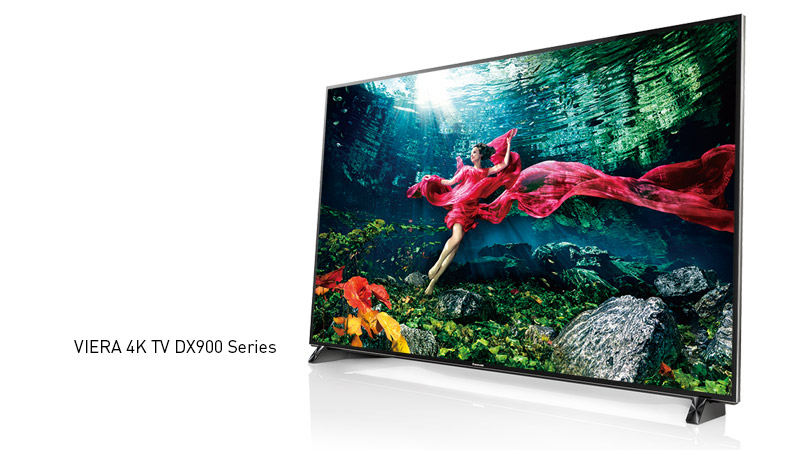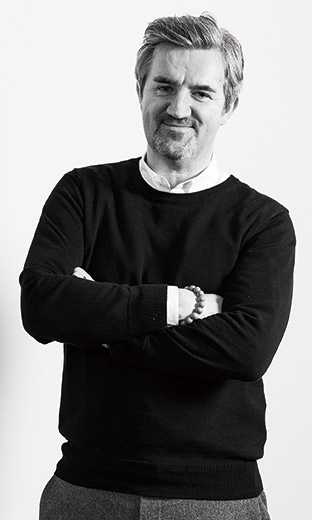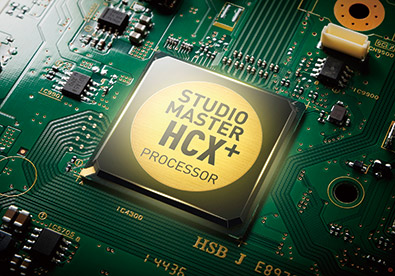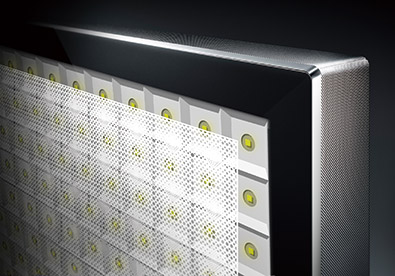In Constant Pursuit for the
Perfect Picture
Presenting Panasonic products that embody the Kodawari concept. Panasonic aspires to give its TVs truly superb picture quality, based both on ideas and technologies. Take a look at the panel and processor technologies that make this possible.
“Made in Japan”
You’ve probably seen this on products and devices around the house or in stores. It’s a phrase that became synonymous with quality decades ago. A trustworthy signature etched into the backs of products seen worldwide.
Though many countries have industrialized and more and more companies are entering into the global market, Japanese manufacturers still have the trust of millions of their product’s users.

Panasonic’s flagship 4K TV for 2016
So when we talk about Japanese televisions, we assume they will be great. They will have a sleek exterior, well designed functionality and good picture quality, right? Function and design are up to the manufacturer, but how do you define good picture quality? Is it the number of colors? Or maybe you think the key to good picture quality is in contrast. Is it the level of brightness?
Well for Panasonic, it isn’t just one of these things. Rather Panasonic believes that the true definition of picture quality is how accurate it is to the original intentions of the creators and filmmakers.
“True to the Filmmaker’s Vision.”

Mr. PAUL WILLIAMS
Global Consumer Marketing
Division, Panasonic Corporation
These are the words of Paul Williams from Panasonic’s global consumer marketing division: “High picture quality is the ability to faithfully reproduce images as they are envisioned by the creator. It is this concept that we call being true to the filmmakers’ vision.” But filmmakers like those in Hollywood have huge amounts of people working on their projects. Light directors, art directors, CG artists, etc… How can one TV fit all the creative input from them into one frame accurately?
Needless to say, it’s pretty complicated. Toshiya Mizuno, the chief picture quality engineer for the Panasonic TV business unit, said that this endeavor was no easy task. Being able to achieve complete fidelity to the original images requires high levels of craftsmanship on two levels: first, being able to research and develop a panel and driving system which is capable of delivering the required level of accuracy; and second, adding in the human touch to ensure that that technical accuracy actually matches filmmakers vision.
With regards to this year’s flagship DX900 series TV, to achieve the first level, Panasonic developed both a new driving technology and a new high performance panel. Things from here on get a little technical so bear with me.
Panasonic developed the Hexa Chroma Drive technology which realizes 6 color reproduction, which combined with the wide-gamut panel, delivers a huge range of accurate and natural looking colors.
The newly developed HCX+ processors use a color management system called 3D Look Up Tables (LUTs) which is the same system used in professional film and broadcast equipment – which Panasonic also makes. This thing is powerful. But power means nothing if you can’t tune it to professional standards.

Mr. TOSHIYA MIZUNO
Chief Picture Quality Engineer
TV Business Unit, Panasonic
Corporation
So how do you go about tuning it to filmmaker standards? Panasonic just went to Hollywood and asked them. They worked with Panasonic Hollywood Labs and also with renowned professional Hollywood colorist, Mike Sowa. Together they went through the painstaking process of tuning the TV to ensure the resulting image exactly matches the original films.

High-Performance Studio Master HCX+ Processor

Newly Developed 'Honeycomb-Structure’ Panel
In addition, the new LCD panel makes use of hundreds of local dimming lighting zones in what Panasonic calls a ‘Honeycomb-structure’. Each zone is individually controllable and isolated from its neighbors so that there is no light leakage where it is not required; the sheer amount of zones therefore allows for the fine control of inky blacks where they are needed, but also the brightness necessary for High Dynamic Range films. Toshiya Mizuno and his development team worked tirelessly to develop a TV they consider to be a “Japan Premium” product.
The result is a TV which has been expertly crafted from both a technical and a visual point-of-view. A TV with this level of precise care and technology creates beautiful, realistic images that are as vibrant as they are engaging. The amount of time, energy, research and development that went into the DX900 series TV embodies the established trust given to Japanese products and continues Japan and Panasonic’s tradition of quality.
How does an old Japanese concept such as kodawari apply when creating things in the modern era? Found out here.




